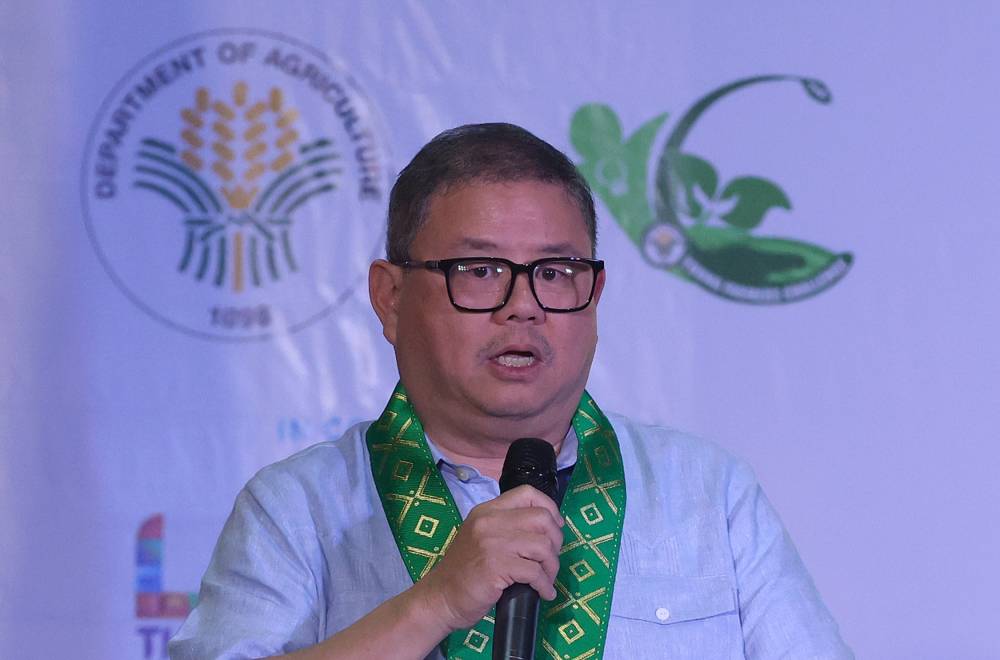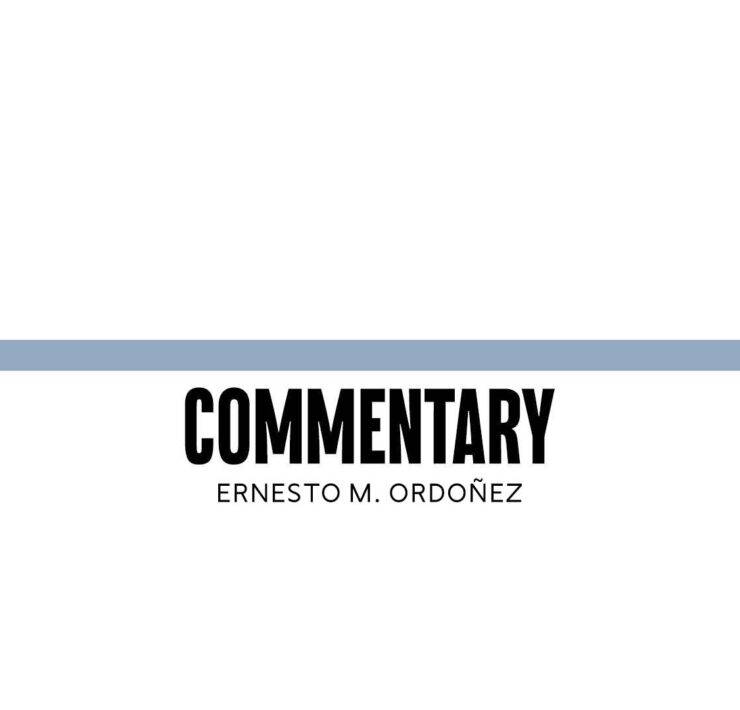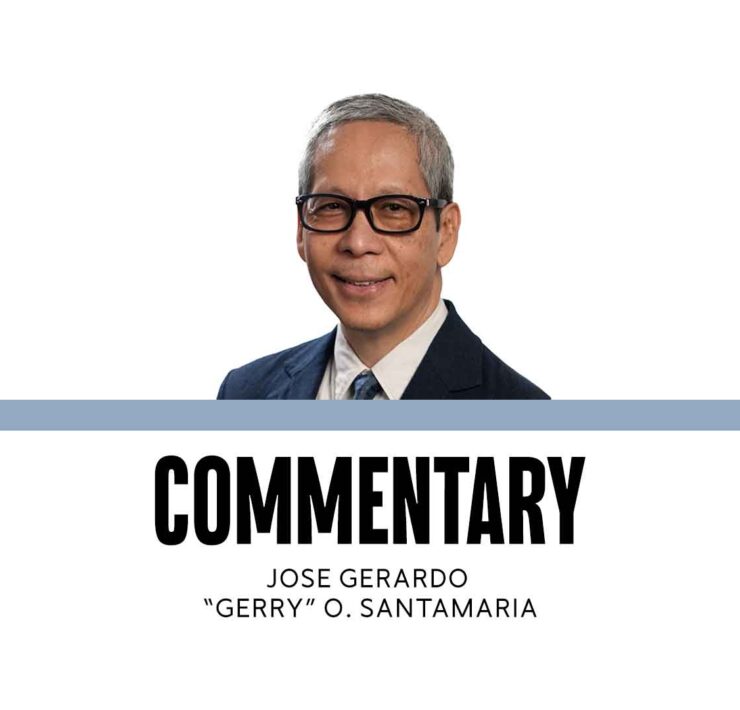One condition in increasing the DA budget

Last April 17, in an unprecedented move, the public-private Philippine Council for Agriculture and Fisheries (PCAF) approved the Department of Agriculture’s (DA) P513.8-billion proposed budget for 2025—albeit with a condition.
They required an effective private sector monitoring of the agriculture funds to prevent a repeat of the very serious discrepancies uncovered earlier by the Commission on Audit (COA). The agency found out that for the years 2020, 2021 and 2022, one-third of the expenses were either unliquidated or unexplained.
A major reason why this happened is due to lack of private sector monitoring, a system in place in the past until it was terminated.
Fortunately, last Jan. 5, newly installed Agriculture Secretary Francisco Tiu Laurel, Jr. ordered the restoration of this effective practice. To ensure that this is implemented thoroughly, members of the PCAF unanimously agreed that it be made a conditionality for budget approval. For what use is a large budget if one-third is lost to corruption and waste?
To make up for the past negligence of the agriculture sector, the PCAF agreed that a bigger budget allocation was needed.
Let us look at three aspects to find out why this decision to increase was taken: agriculture growth, poverty incidence and budget history.
Situation
Our gross domestic product (GDP) increased by 7.6 percent and 5.6 percent, respectively, in 2022 and 2023. Agriculture, however, grew by only 0.5 percent and 1.2 percent.
As a result of this slow growth, national poverty incidence reached 18.1 percent. It was much lower for farmers, at 30 percent, and fisherfolk, at 30.6 percent.
Compared to other countries where agriculture was given the right priority and governance, the poverty rate in the Philippines decreased slowly. From the 1970s to now, poverty in the country decreased from 40 percent to 18 percent; Vietnam’s decreased from 70 percent to 4 percent; and Thailand’s decreased from 58 percent to 7 percent.
Agriculture growth and its resulting impact on poverty is largely determined by the budget support it gets.
From 2016 to 2022, the sector received an average of only 1.8 percent of the total budget. Thankfully, this was corrected by the new administration.
Still, it pales in comparison to Thailand’s 5-percent and Vietnam’s 7-percent budget shares.
We often hear misleading (and sometimes insulting) statements that our farmers are spoiled and overprotected. These are farthest from the truth.
The average annual subsidy of a farmer in the Philippines is $2,563.40, or approximately half of Thailand’s $5,919.20 and Vietnam’s $4,816.60.
Those who propose immediate tariff reduction without the corresponding support mistakenly believe that we will automatically become globally competitive.
If they open their eyes to the reality of support that countries like Vietnam and Thailand give their farmers and fisherfolk, they would stop their dysfunctional rhetoric that we are spoiled and overprotected.
Just consider Vietnam and Thailand’s agriculture budget, and its impact on increasing agriculture growth and decreasing poverty.
ActionIt is time we give agriculture the budget it needs for our nation’s transformation and development. But we must also keep in mind our sad experience in the last three years.
We must not allow one-third of our budget be lost to corruption and waste. The PCAF proposition must be implemented.
Sans transparency and vigilance, it will just be a feeling of deja vu. The proposed DA budget so well presented by Agriculture Undersecretary Asis Perez will be, as they say, much ado about nothing.
With the recent changes we are seeing at the DA, we are confident that this conditionality will be implemented, to the benefit of both our agriculture and our nation. INQ
The author is Agriwatch chair, former secretary of presidential flagship programs and projects, and former undersecretary of the Department of Agriculture and the Department of Trade and Industry. Contact is agriwatch_phil@yahoo.com.


















